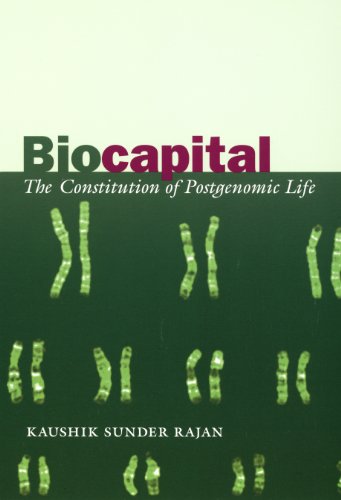In October 1980, a relatively unknown company from the San Francisco Bay area called Genentech created history on the New York Stock Exchange by raising US$ 35 million in its IPO. Though the figure itself is puny compared to those bandied about during the dotcom bubble, the significance of the Initial Public Offering was that this was the first listing by a biotech company which did not yet have a single product to sell. And yet, the expectations of biotechnology changing the world with designer drugs, genetically modified (GM) foods and organisms were so high that everyone wanted a piece of the action. A lot has changed in the intervening 25 years—biotechnology is now big business. More than 4000 biotechnology firms across the globe earn over $ 50 billion in revenues. By some estimates, the total investment in biotechnology is over $ 350 billion so far. And unlike at the time of the Genentech IPO, biotechnology products now touch almost every aspect of our lives- GM Soya, Bt cotton which is resistant to herbicides, transgenic animals which produce drugs, human insulin, anti-cancer drugs, more effective vaccines, and bacteria which can clean up toxic waste dumps. Indeed, biotechnology is being seen as the panacea for many of our problems.
The boundaries between the domains of pure academic research and research for corporate profits have always been blurred in biotechnology. One of the founders of Genentech, Herbert Boyer, for instance, was a pioneer in the field of recombinant DNA technology

